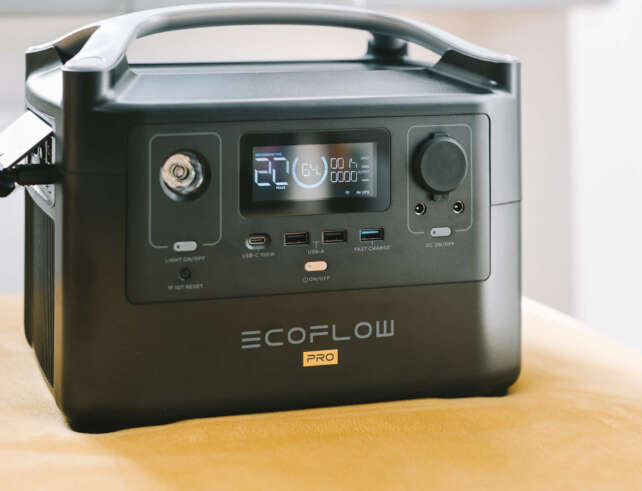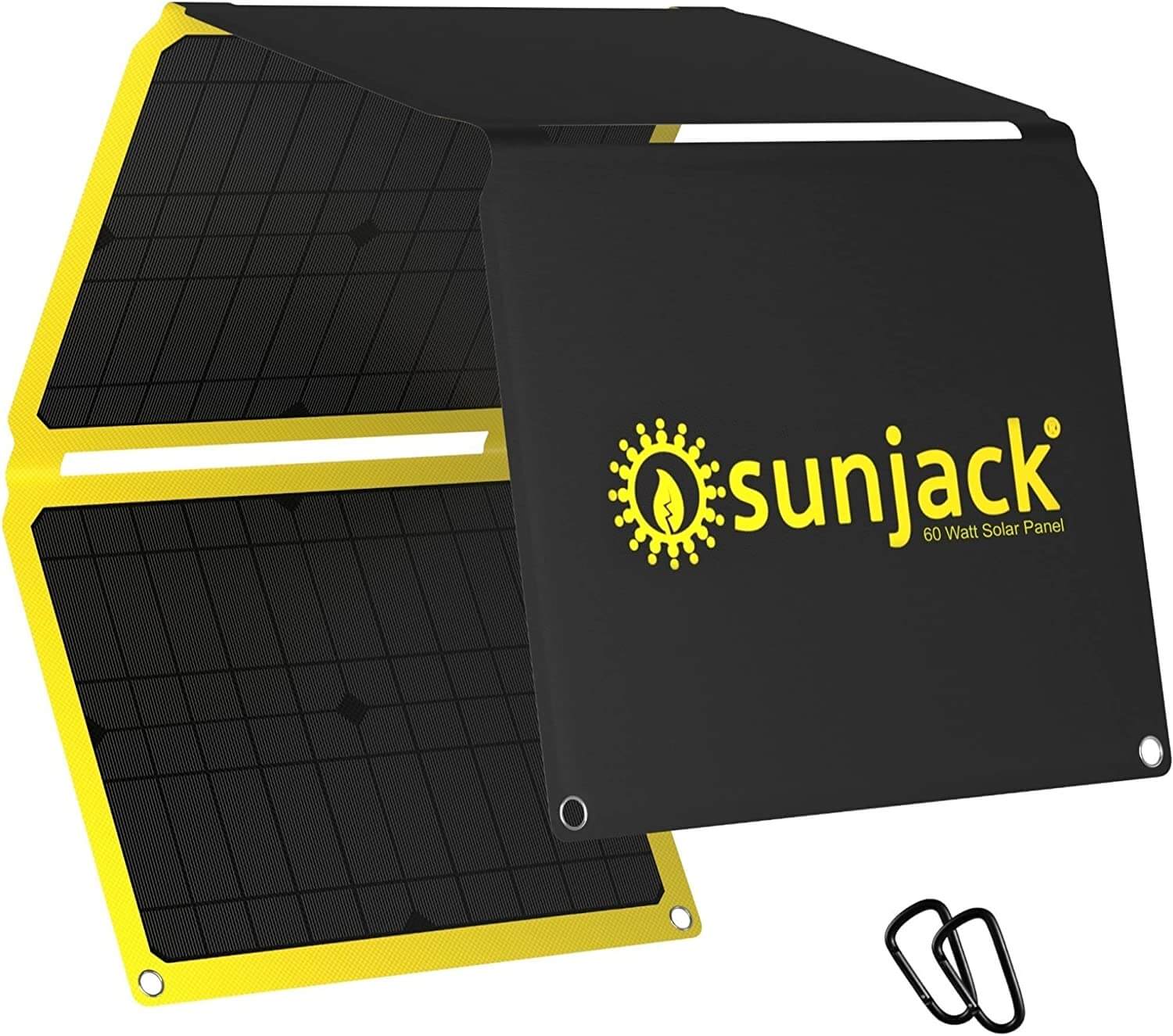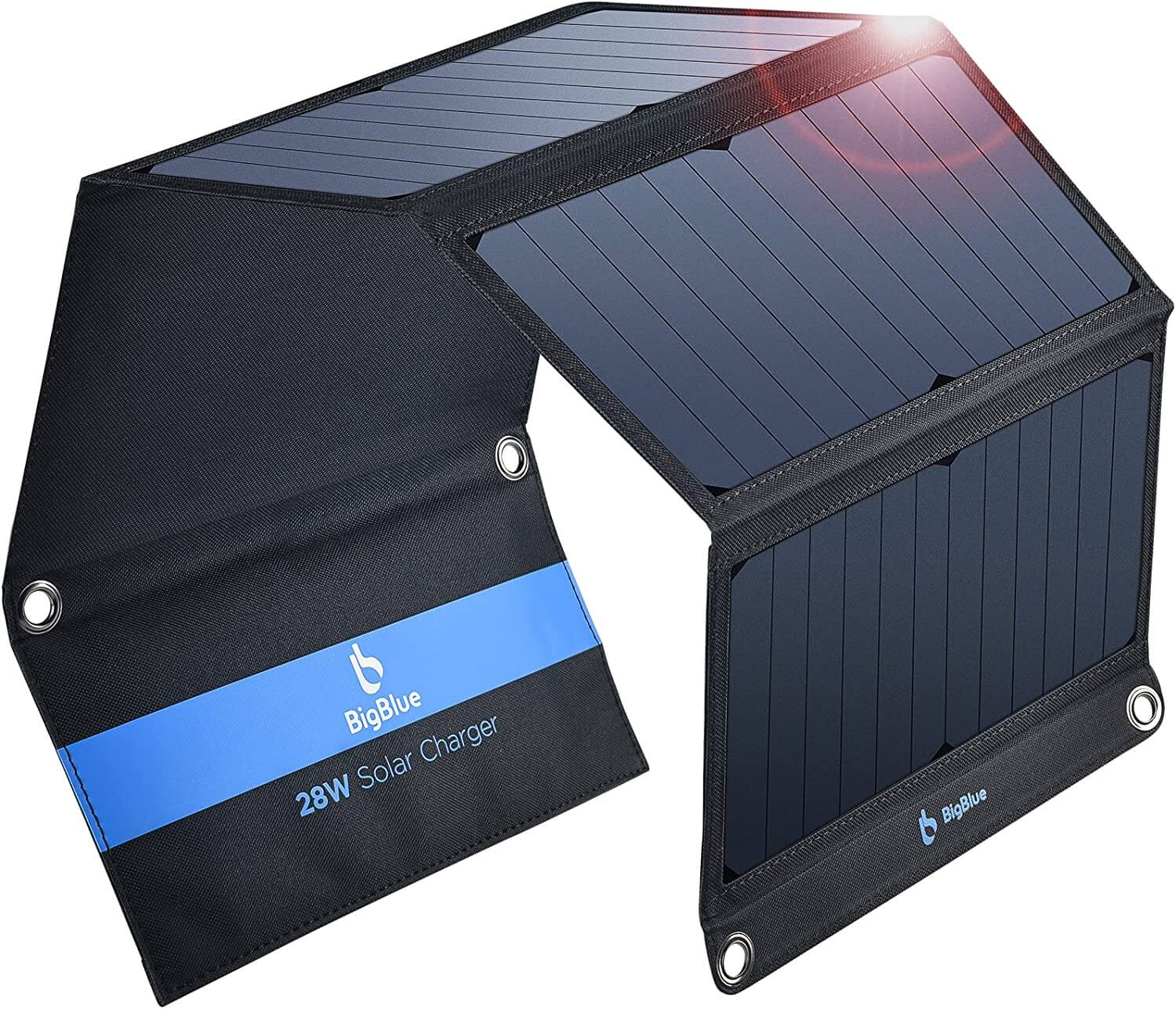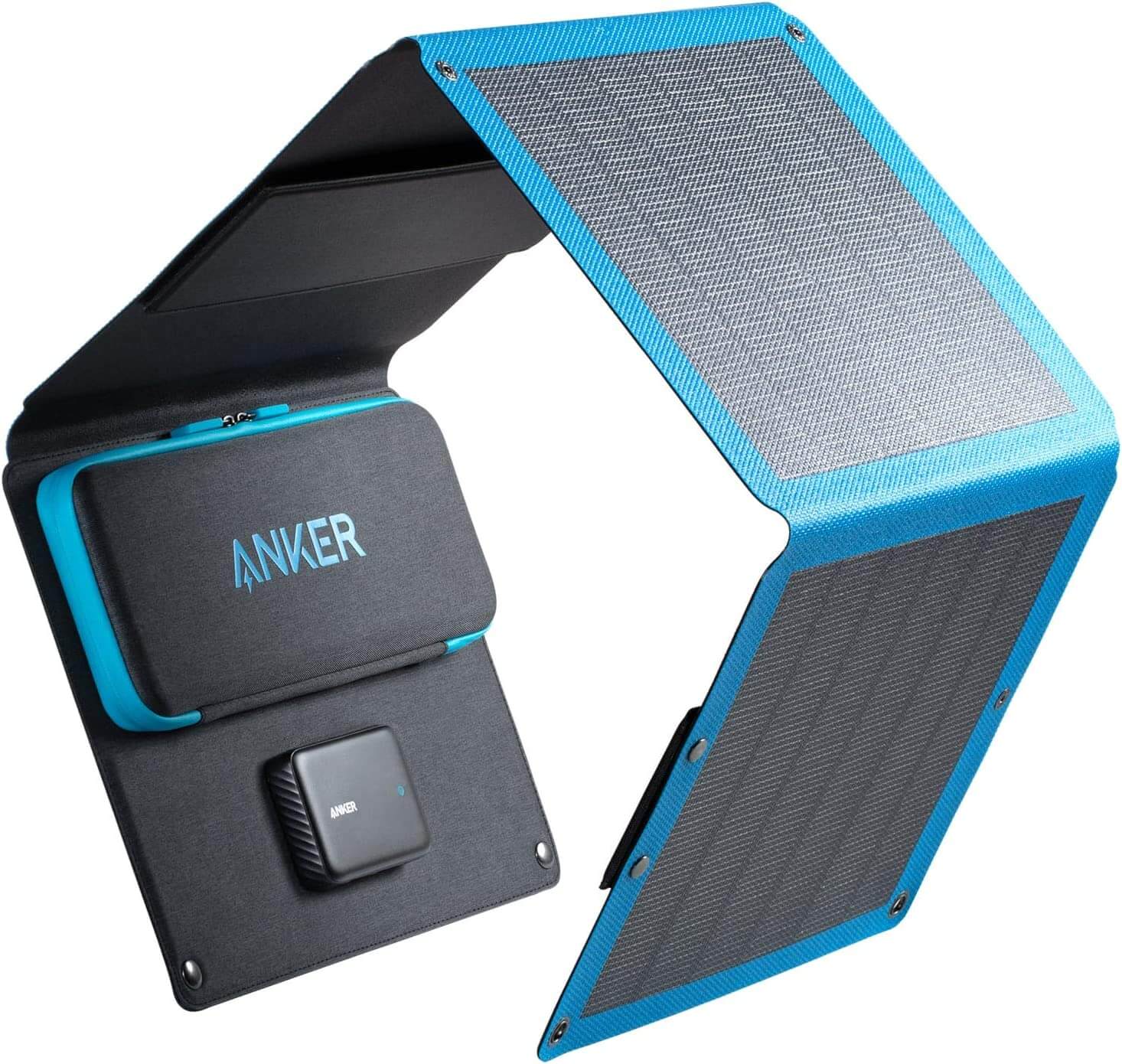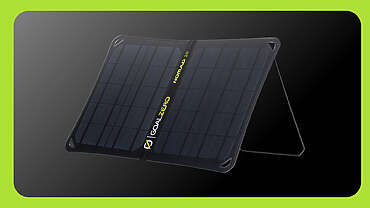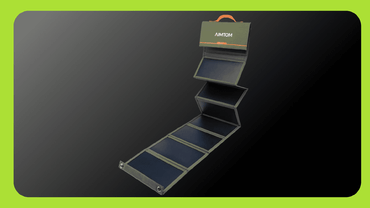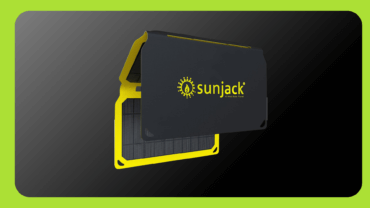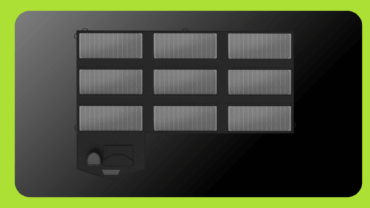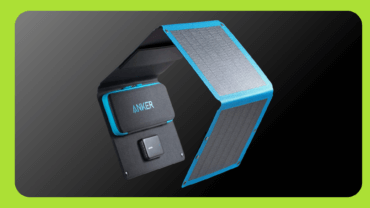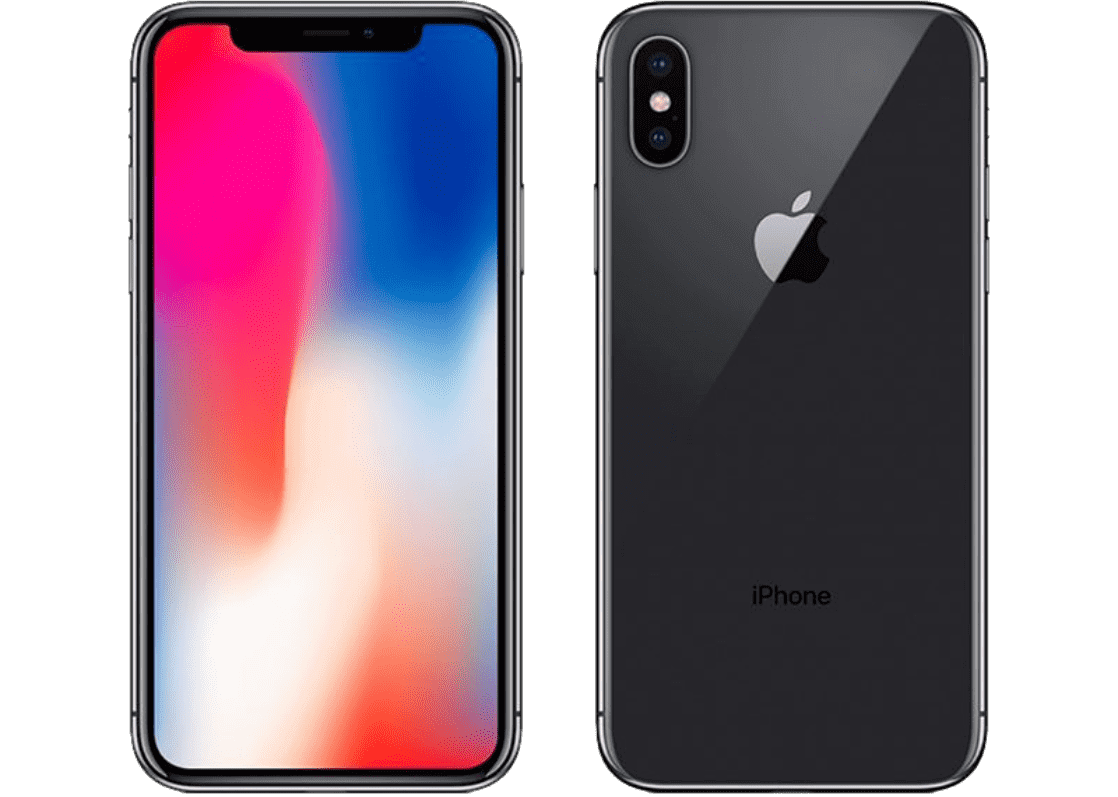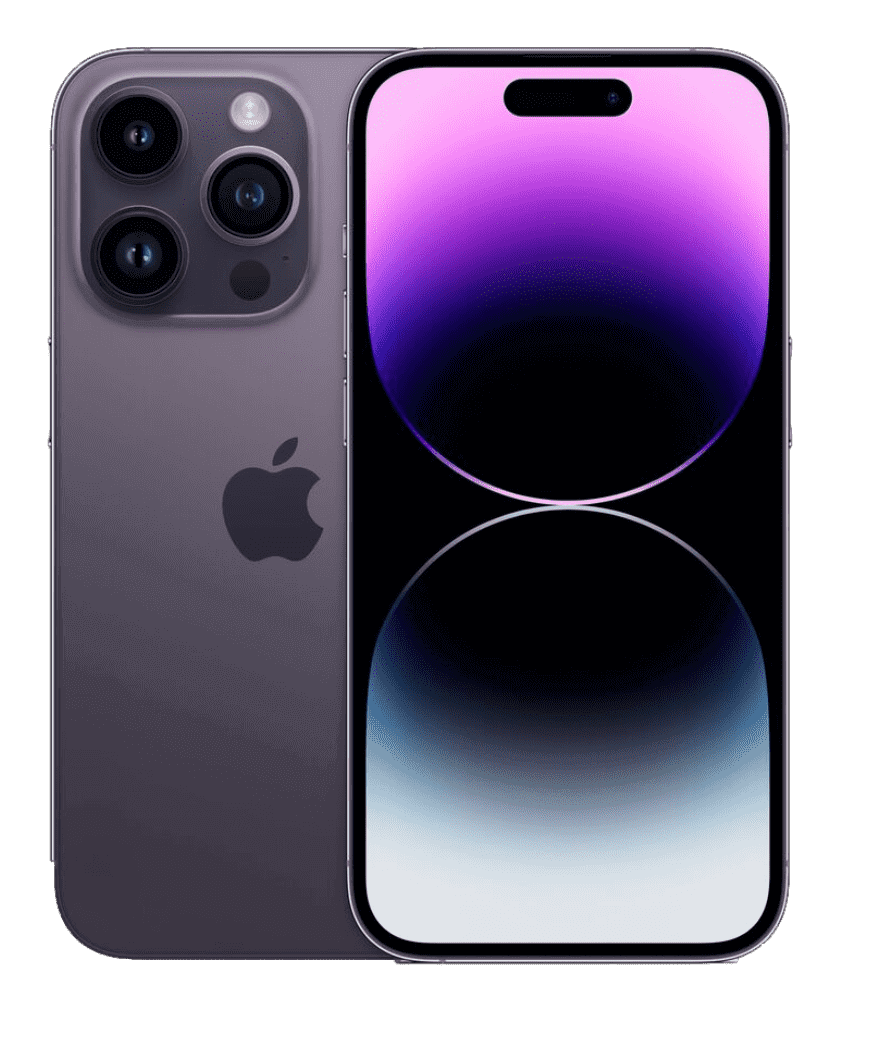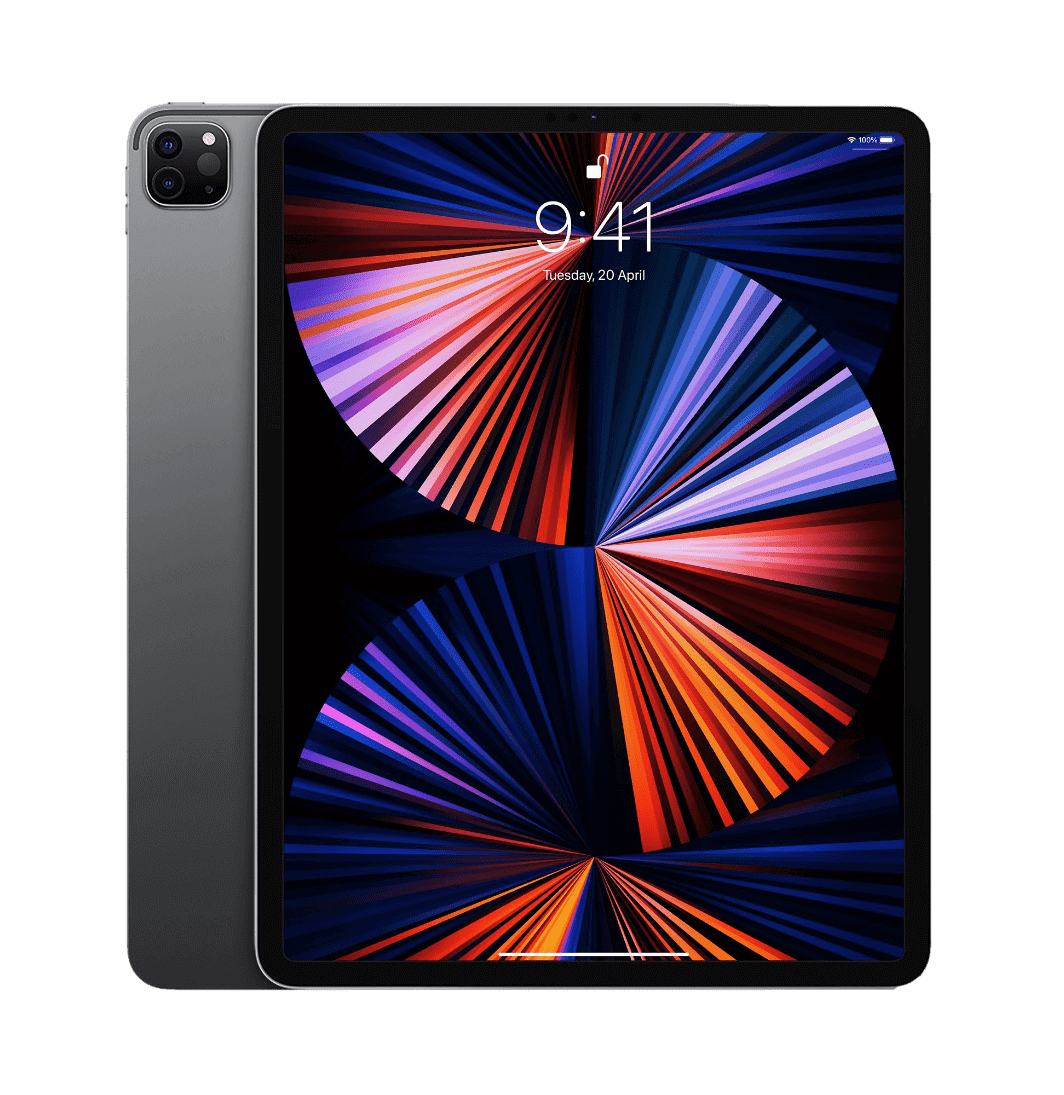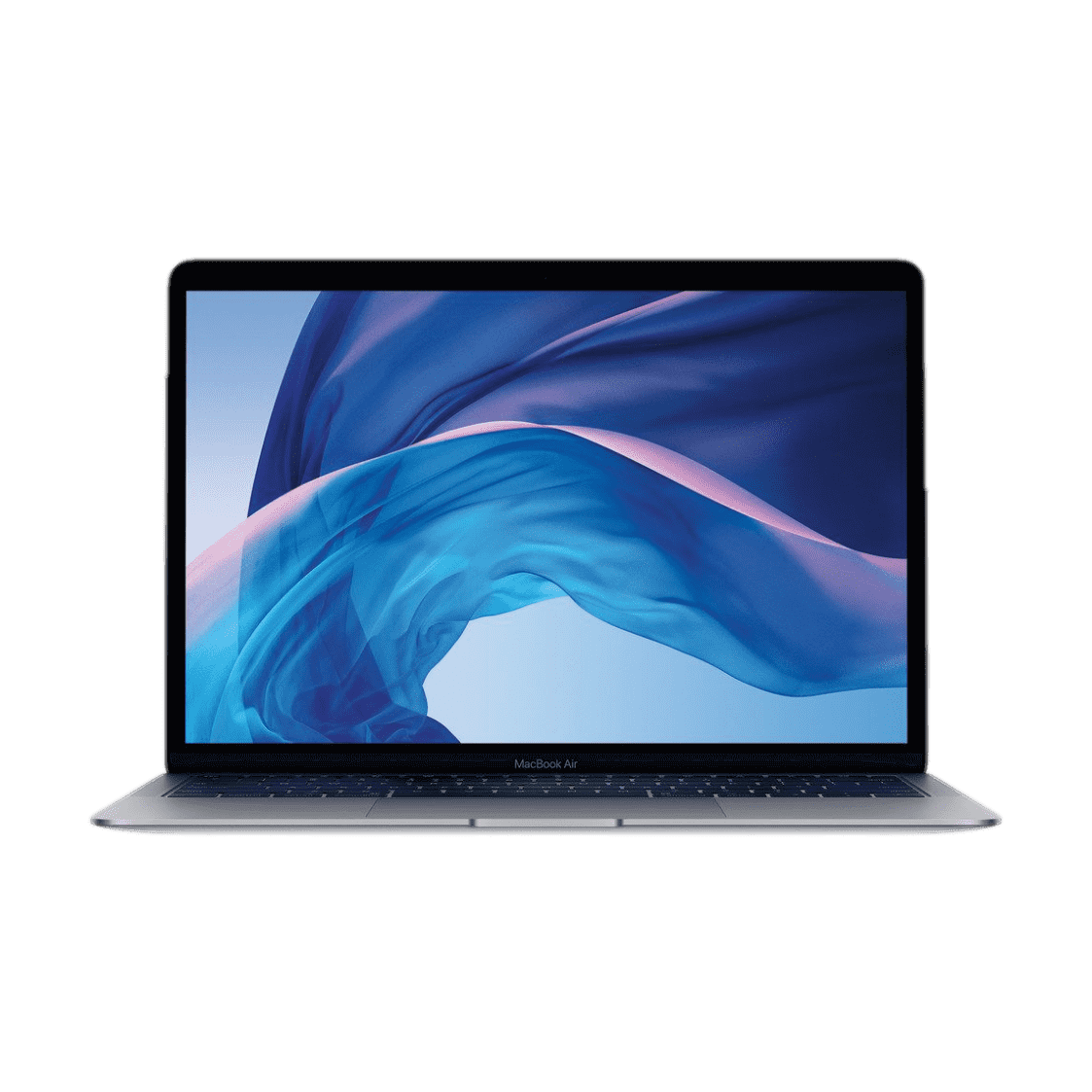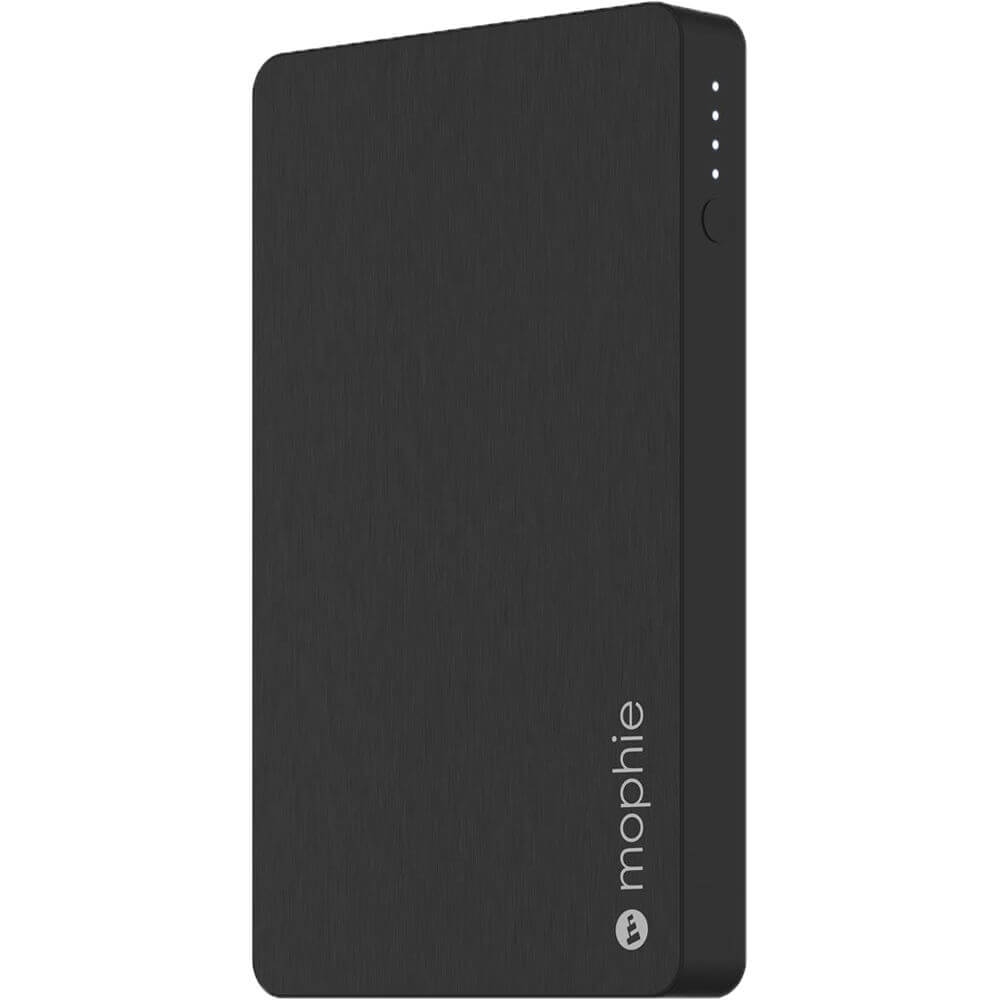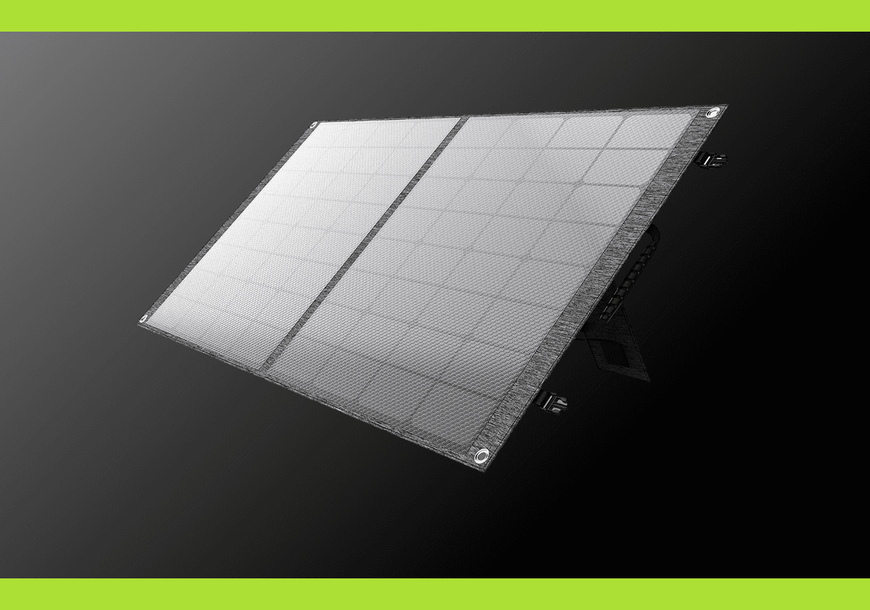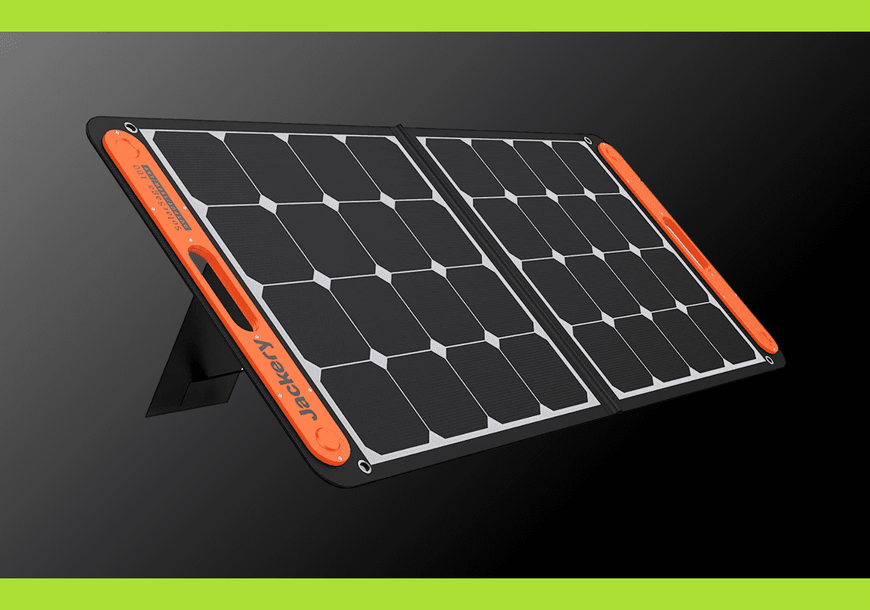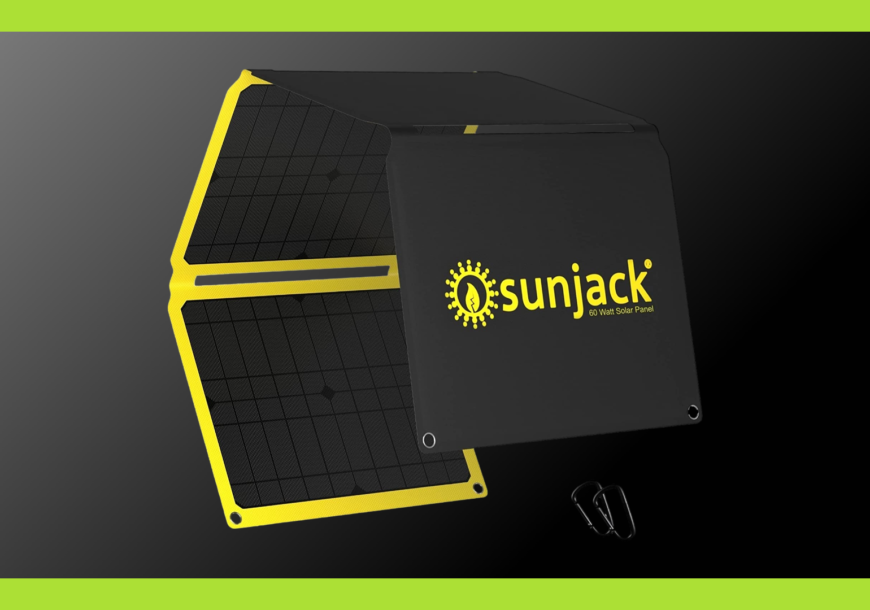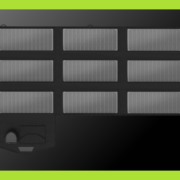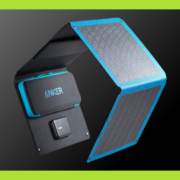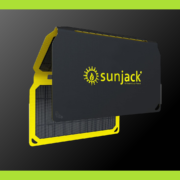Best Solar Charger For Backpacking In 2025
Are you looking for the best solar charger for backpacking? If so, you’ve come to the right place. In this article, we’ll go over what to look for in a solar charger and give you our top picks.
There are a few things to keep in mind when choosing a solar charger. First, you’ll want to make sure that it’s portable and lightweight. Second, you’ll want to make sure that it can charge your devices quickly. Finally, you’ll want to make sure that it’s durable and weatherproof.
With those considerations in mind, let’s take a look at our top picks for the best solar chargers for backpacking.
Top 3 Portable Solar Chargers for Backpacking
If you’re looking for Portable Solar Chargers that can take advantage of USB-C Power Delivery, here are some of the best ones you can buy.
The 19V DC5521 port (60W max)
SunPower conversion efficiency can reach 24%.
SunPower conversion efficiency can reach 24%.
OUR TOP PICKS Solar Charger For Backpacking
In recent years, the popularity of portable solar batteries has increased significantly. People prefer going for these batteries instead of regular ones. Since they are portable, most users prefer choosing these batteries over heavy and conventional ones. They are also important for people who spend a lot of time outdoors. It is also important for you to buy the best solar panel charger for your backpacking trip.
What to Look for in a Solar Charger
When you’re looking for a solar charger, there are a few things you’ll want to keep in mind. The first is the size of the solar panel. You’ll want to make sure that the solar panel is large enough to charge your devices. The second is the type of solar panel.
There are two types of solar panels: monocrystalline and polycrystalline. Monocrystalline solar panels are more efficient, but they’re also more expensive. The third is the portability of the solar charger. You’ll want to make sure that the solar charger is easy to transport and that it has a built-in battery.
Solar panel type by performance
- Highest performance: Monocrystalline panel’s efficiency range from 17% to 26%.
- Mid-tier performance: Polycrystalline panel’s efficiency range from 15% to 17%.
- Lowest performance: Thin film panels that commercially have an efficiency range from 10–13%.
Finally, you’ll want to make sure that the solar charger you select is compatible with your devices. Most solar chargers come with multiple ports, so you’ll be able to charge multiple devices at once.
However, you’ll still want to check that the ports on your solar charger are compatible with your device’s charging cables.
Capacity
The first thing that you want to look for when choosing a solar charger is its capacity. This is usually measured in mAh, or milliamp hours. This is basically how much power the solar charger can store. A higher number means that the solar charger can store more power, which means it will be able to charge your devices faster or charge devices with higher power demands such as tablets.
Output
The output of a solar charger is measured in watts (W). The higher the wattage, the faster the solar charger is able to put out power. When shopping for a solar charger, pay attention to both the peak wattage and the average wattage.
The peak wattage is the amount of power that the solar charger can put out at its maximum. Most solar chargers will have two or more panels that can be used simultaneously to increase the peak wattage. The average wattage is the amount of power that the solar charger can put out on a cloudy day.
You’ll also want to pay attention to the voltage and amperage of the solar charger. Most devices charge at 5 volts, but some devices (like laptops) require more power and charge at 19 volts. Amperage is a measure of how much current is flowing through the solar charger. A higher amperage means that more electrons are flowing and your devices will charge faster.
how many watts of solar panels do I need?
^ Above table solar cell efficiency at 24% & also depends device maximum supported charging speeds.
Ports
There are two types of ports on solar chargers: USB and DC. The vast majority of devices that you’ll want to charge can be plugged into a USB port. This includes phones, tablets, cameras, and handheld GPS units. If you want to charge a laptop, however, you’ll need to find a charger with a DC port.
Solar chargers usually have multiple USB ports so that you can charge multiple devices at once. The number of ports is one factor to consider when choosing a charger. Another is the type of USB port. Some solar chargers have standard USB ports while others have proprietary ports that can only be used with the included cable.
If you plan on using your solar charger in cold weather, make sure it has an adequate number of ports so that you can plug in all of your devices and still have room to spare. In extreme cold, batteries lose their capacity to hold a charge, so it’s important to have a backup plan in case your solar charger doesn’t work as well as you’d hoped.
Solar Panels
Solar panels are available in a variety of sizes, with the most popular options being 10 watts or less. If you plan to use your solar charger for backpacking, camping, or any other outdoor activity, it’s important to choose a model with high-quality solar panels. The best solar chargers will have solar panels that are made of monocrystalline silicon, which is the most efficient type of solar panel available.
When you’re choosing a solar charger, it’s also important to consider the number of ports that are available. Most solar chargers have at least two USB ports, which is enough to charge two devices at once. However, if you plan to use your solar charger for multiple devices, it’s a good idea to choose a model with four or more USB ports.
How We Tested
We put a lot of thought into how we would test these solar chargers. We first considered what devices most backpackers and campers are likely to need to charge while on the trail. Phones, tablets, and smaller USB devices like headphones are obvious choices, but we also wanted to be able to charge something larger, like a laptop.
Second, we looked at the types of activities that might prevent a hiker from being able to charge her devices during the day — things like cloudy weather or being in a forest with lots of trees blocking the sun.
The Bottom Line
When shopping for the best solar charger for backpacking, keep in mind that you’ll want one that is lightweight, rugged, and able to charge multiple devices at once.
You’ll also want to consider the type of solar panel technology used and the size of the panels. Ultimately, the best solar charger for backpacking is the one that best meets your individual needs.
Latest Posts about Solar Charger
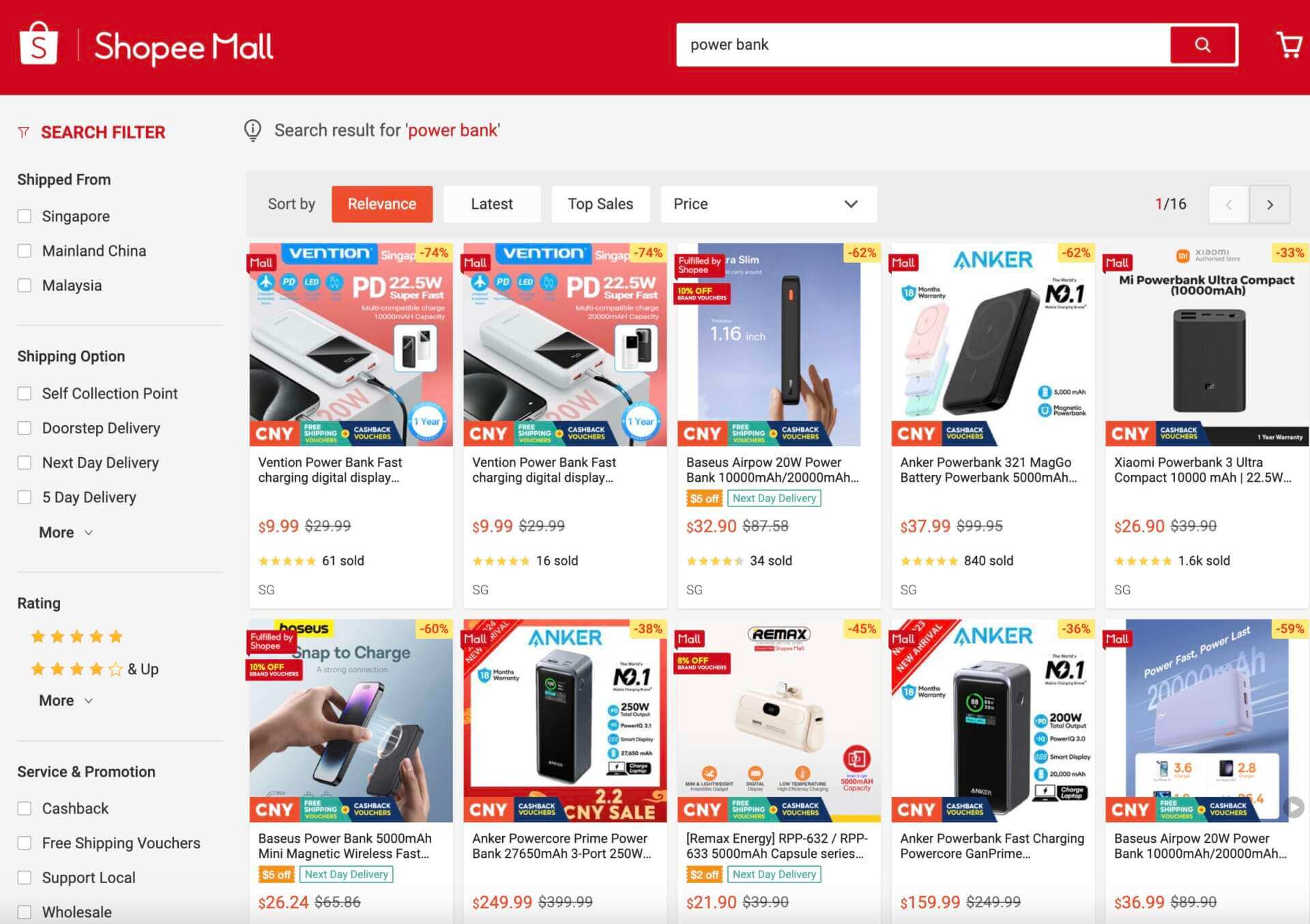
Shopee SG Best Power Bank: Top Picks for Reliable Mobile Charging
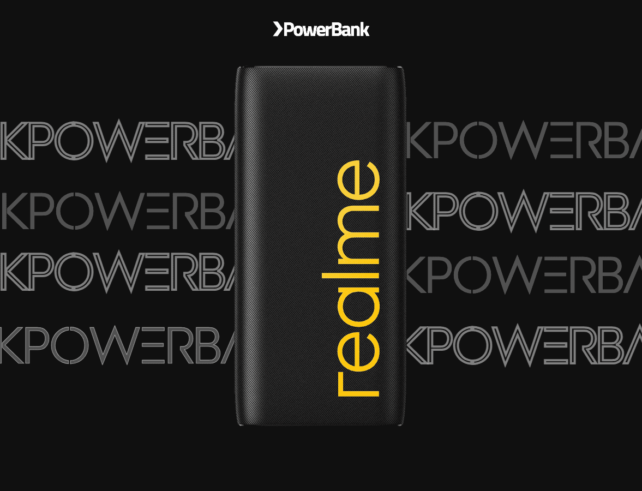
Realme Power Bank 20000mAh
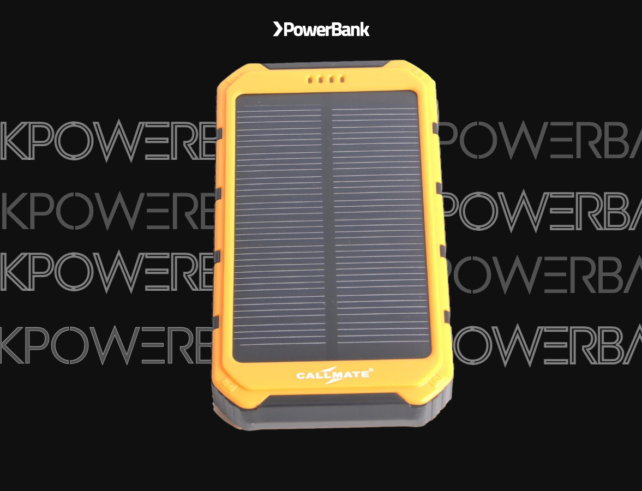
Callmate Power Bank Solar 12000 mAH
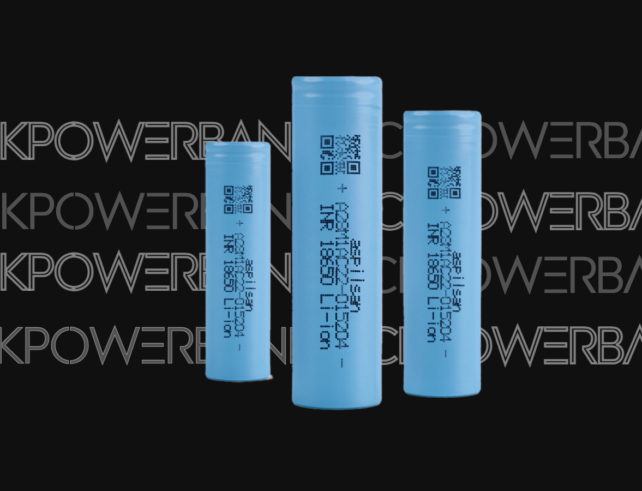
Aspilsan 18650 Battery: Unleash Your Power with Long-lasting Performance
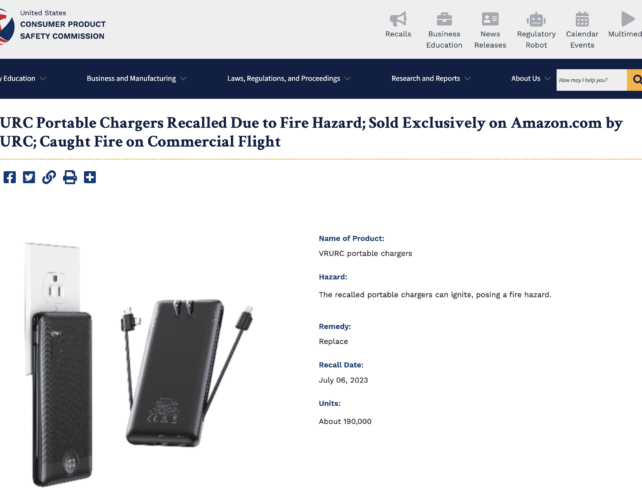
VRURC Portable Chargers Recalled: Protect Your Devices [Fire Hazard Alert]
